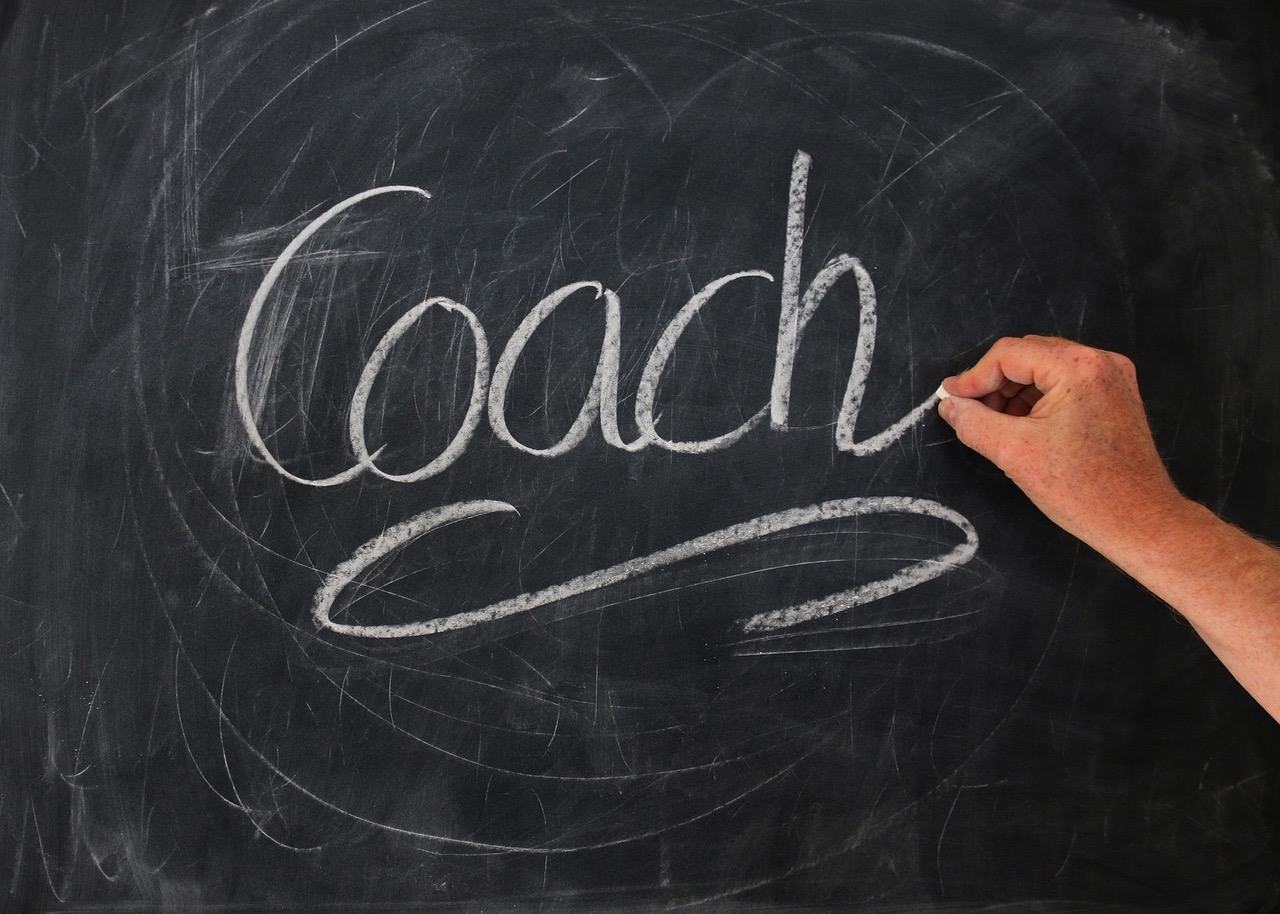Leaders serve in many roles. Yes, they must do the mundane but necessary chores of managing assets and balance sheets, but their most important work is to inspire others. And that involves the leader serving as a teacher, as a mentor, and as a coach.
Often we know how to teach others. And we routinely provide mentoring by setting an example and being available to nurture those around us. In my experience in industry, though, I have found the coaching piece to be the most difficult role for leaders to assume.
Too often, for instance, I have seen coaching duties consigned to an annual review. In such a session, a sterile and uncomfortable type of communication occurs, where the leader may think about bringing up a past behavior or event that is now a distant memory to his or her subordinate. When the individual fails to pick up on that piece of ancient history, the leader reverts to platitudes, including, “You’re doing fine,” or “You might want to improve in this particular area,” with few details and resultant head-nodding from the subordinate.
Coaching by a leader can never be effective during just one annual conversation in a stilted review process. Coaching involves trust and connection. We call it contact in coaching. It must be built over time, in individual meaningful conversations, where contact occurs between two people. Some leaders refer to those times of contact as “coaching moments,” where an opportunity for development or reinforcement happens, and can then be used for reflection and growth.
Contact and Connection
Contact and connection serves as a foundation for coaching. It can occur as you walk down a hallway and talk about what just occurred in a meeting, or when you both look at each other across the table and have the unspoken feeling that you are seeing and hearing something in just the same way. It is something that we work on in all of our relationships; yet often fail to recognize or are aware of when it happens.
Recognizing connection or contact is the first step. Knowing what to do with it is the next. Learning from it is the fulfilling culmination. Such learning can serve as the basis for growth for the two parties involved and for the organization as a whole. Using that moment of connection is instrumental for executive coaches and leaders who want to coach their own teams.
Imagine a subordinate who is habitually unprepared for a staff meeting. Why wait for a periodic review to address the issue? The next time he or she shows up late or unprepared, why not call a short break and excuse everyone but that individual for 15 minutes. The moment of contact might already be there – or at least the stage is set to establish that contact.
Lean in.
Then lean into a conversation with that person. Don’t be afraid of it. The moment has arrived: Just ask questions. And remember to give space and time for the answers. Make sure they are not yes or no questions, just open-ended ones, including:
Tell me how you felt prepared for this meeting? What was your understanding of the purpose of the meeting? What do you think you were able to add to the outcome? How could you have done that? What do you think everyone else in the room thought?
Questions have power in creating and building on contact between individuals. While we are often spring-loaded to revert to commentary on a person’s behavior, it’s always best to start with the questions. Only when we begin to connect with that individual can we learn how they see the situation. And then we can powerfully intervene with explicit comments:
“I notice that you have given me a list of projects that are keeping you so busy
you can’t prepare for the staff meetings. How can we work together
to help you prioritize? Or: “As I hear you, you sound very uncomfortable
with the idea of presenting your ideas in public. I’d be interested to know why.”
As you coach in the moment, remember that questions are your most powerful tool – and recognizing and building on contact you achieve is critical.
Know Thyself.
Knowing ourselves is equally important. While we focus on those we coach, it is vital to understand and be aware of our own biases and feelings as we engage with a colleague or subordinate. Beforehand and during conversations, it’s important to ask questions of ourselves, including: What is motivating me? Where do I need to grow? Knowing the answers to those questions is as important as understanding others, if not more so.
Each of us is a work in progress. Connection and contact with others and ourselves is the key to continuing that progress. The core of Gestalt thinking centers on the “whole,” which means we see more than what is before us, lending to an awareness of our developmental needs and those of others. The connection and contact between us is important. Building on it is paramount.
With such tools, we can all become better coaches.
Note: This is the final article in the series, encouraging connections between people in the workplace and the world.
Dave Bushy is retired airline executive with a successful executive coaching practice. He holds a master in industrial relations from the University of New Haven.
Image Credit: Pixabay.com

